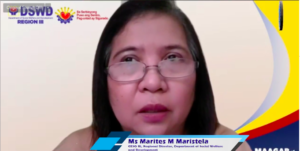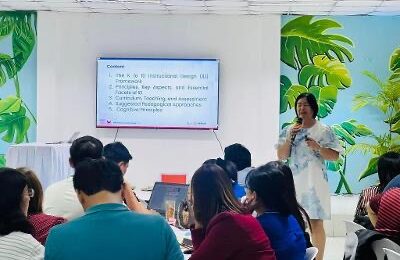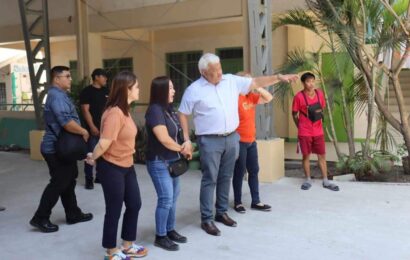
CITY OF SAN FERNANDO, Pampanga — Department of Social Welfare and Development (DSWD) Central Luzon continues to beef up provision of various social services aid to vulnerable sectors.
DSWD Regional Director Marites Maristela said the agency continuously conducts service caravans and participates in Project Ugnayans together with different government agencies.
“Service caravans are good avenues where we can promote various DSWD programs. Through these, we are able to provide information to people in remote areas about our programs that they can access. Like if they need medical assistance or are in a crisis situation either they need medical, educational, or burial assistance, we provide information on how they can avail,” she said.
The director added that through service caravans, parents can also enroll their children in supplemental feeding and the Pantawid Pamilyang Pilipino Program.
Maristela said that through constant coordination with Department of the Interior and Local Government, they reach out to remote areas to provide them with basic needs like family food packs and various services as a way to maintain peace and order in those areas.
“Basically, our service caravans aim to empower the vulnerable groups by reaching out to them and boosting their access to government programs and services. This is what we want to institutionalize this year. We will see what is the realistic frequency for the conduct of caravans, and come up with a more particular and more institutionalized system in the service caravan,” Maristela said.
She added that while they are intensifying their presence on social media and other digital platforms, there is still a need for such caravans because not everyone has access to these technologies, especially in areas where people do not have gadgets or have weak internet connectivity.
“We are not limiting ourselves in promoting our programs in social media because we recognize that there are households who really lack the ability to use social media. That is why we have staff who go to remote areas and bring flyers and printed materials for the people there,” the official said.
SOURCE: Marie Joy S. Carbungco (PIA3)





